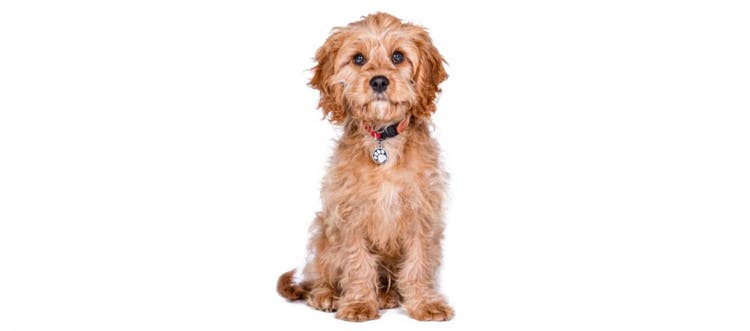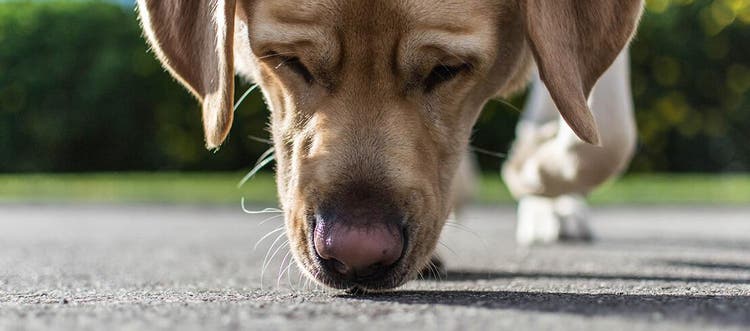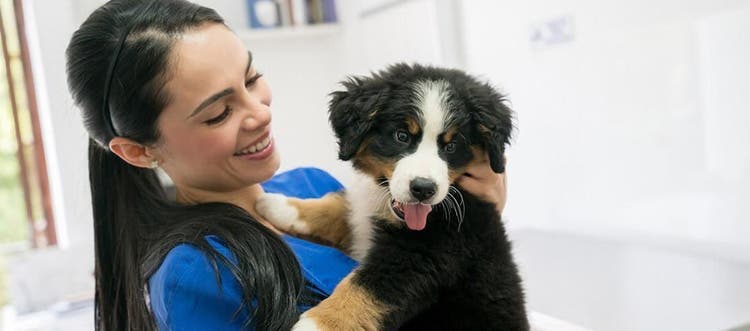Reviewed by Dr Abbie Lam DVM
You might think you need to have a huge house with a big fenced-in outdoor space to get a dog. But the truth is, if you’re living in an apartment or a smaller house, there are plenty of breeds that will adapt to your space. Here are five of the best dogs for apartments and small homes.
Yorkshire Terrier: the lovable lap dog
This breed is one of the best apartment dogs for several reasons:
1. They’re toy-sized.
Standing at only 23 cm tall and weighing around 3 kilos, these tiny terriers won’t take up much of your coveted space.
2. They’re easy to train.
These pups are highly intelligent, and with proper training you won’t have to worry about accidents inside, lots of barking, or excessive chewing.
3. They’re bouncy but not overly energetic.
While this breed certainly has determination, they don’t require a whole lot of exercise. A quick walk in the morning and another at night is enough.
Bonus: This toy breed is hypoallergenic.
Havanese: the Cuban companion
The Havanese breed is another one of the best dog breeds for apartments because:
1. They’re small in stature.
Like Yorkies, Havanese don’t take up much space, weighing no more than 7 kilos.
2. They’re nice and quiet.
This breed isn’t yappy – something your neighbours will appreciate.
3. They’re easier to train.
These dogs are highly trainable and eager to please, and they thrive on positive reinforcement. Their personality goes a long way towards successfully potty training, crate training and leash training.
4. They’re active, but not too active.
Havanese are energetic yet don’t need hours of exercise. A daily walk should do the trick.
Pro tip: If you’re always on the go, this might not be the breed for you. These dogs do best with lots of two-legged or four-legged company.
Cavalier King Charles Spaniel: the cuddly confidant
This breed may have royal roots but they don’t need to live in palatial splendour to thrive. Cavaliers love being close to their owners, so the smaller the space the better as far as they’re concerned.
1. They’re petite.
Generally weighing between 6 and 8 kilos, these dogs don’t require much room to roam.
2. They’re smart cookies.
Intelligent and trainable, you can work with this breed to avoid accidents, chewing and scratching.
3. They’re playful, but not too high-energy.
Twenty minutes of exercise each day will keep these pups happy.
One more thing: Like Havanese, Cavaliers love people and don’t do well as kennel dogs.
Basenji: the “barkless” breed
Basenjis are slightly larger than others on this list, ranging in weight from 9 to 12 kilos. Regardless, they will find themselves right at home in an apartment.
1. They truly are “barkless.”
Their larynx is uniquely structured and only allows for occasional yodels, which could be fun for your flatmates.
2. They’re independent.
These cat-like dogs have low-shed coats, groom themselves and don’t require a ton of attention.
3. Housetraining . . . with a little encouragement.
Just stay consistent in the beginning – Basenjis can be stubborn, but positive reinforcement and encouragement will help you successfully housetrain them.
4. They’re spirited, but also like to lounge.
As long as they get regular exercise, Basenjis will do fine in a smaller space.
One watch out: Left home alone with nothing to do, this breed will find things to get into. If you’re out of the house for long periods each day, this might not be the breed for you.
Greyhound: the surprisingly lazy lounger
This breed may be known for their speed, but they like to live life at a much slower pace – which makes them perfect for apartment living.
1. They’re couch potatoes at heart.
While they do need daily opportunities to fetch tennis balls and run around, they are perfectly happy to spend the day lounging around.
2. Housetraining can happen.
Keep their training lessons short and use a gentle approach to train these dogs to avoid accidents.
3. They’re not very vocal.
These pups aren’t known to bark much, which should keep your neighbours happy.
4. They’re larger yet loving.
They may be the biggest breed on this list – ranging in size from 26 to 40 kilos depending on gender – but they’re loving, affectionate animals that enjoy a good snuggle.
Plenty of pups are content in small spaces as long as they get daily walks and lots of cuddles with their best friend (that’s you!). Plus, they’ll make your apartment, flat or home cozier than any rug or blanket ever could.






